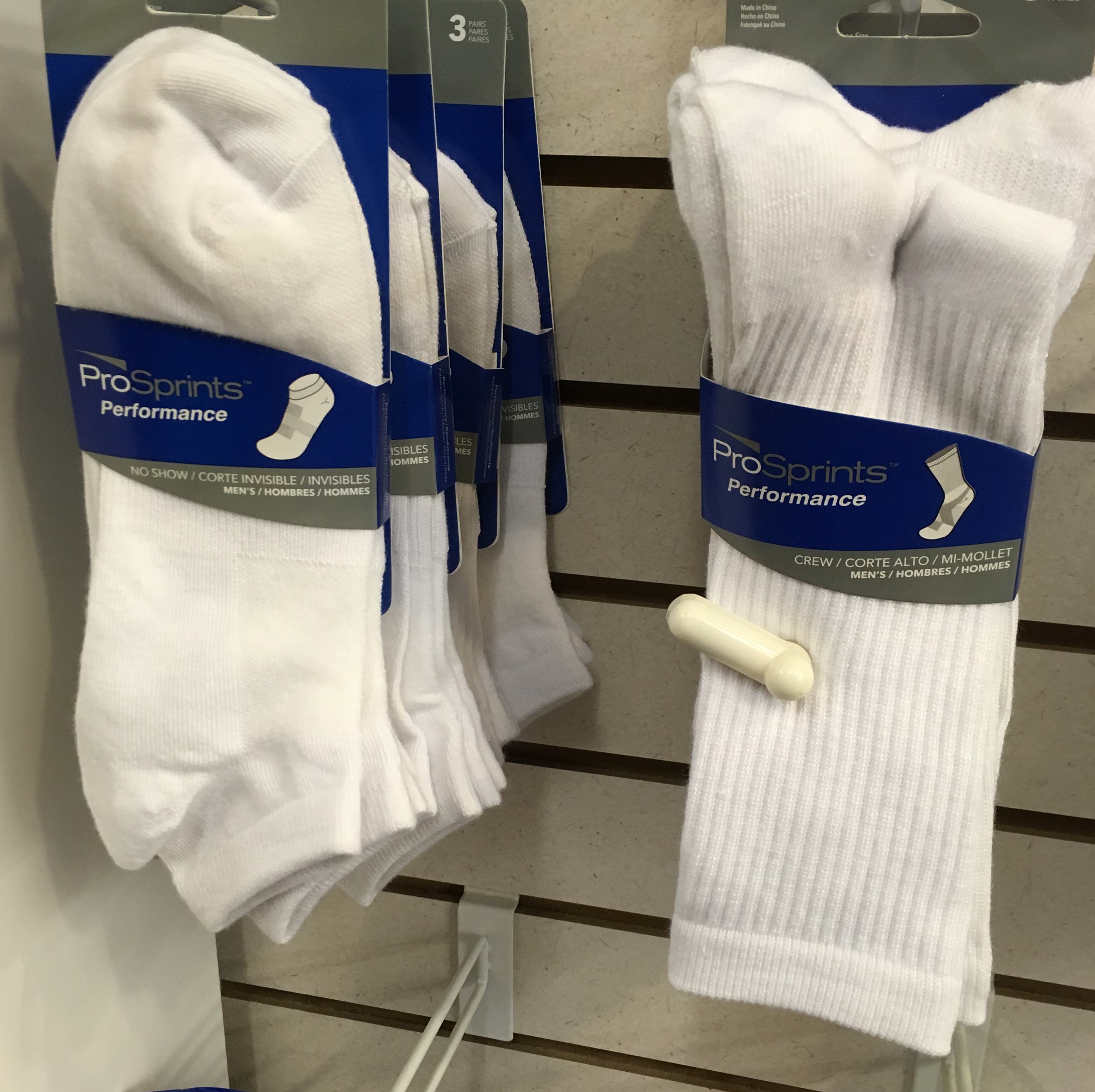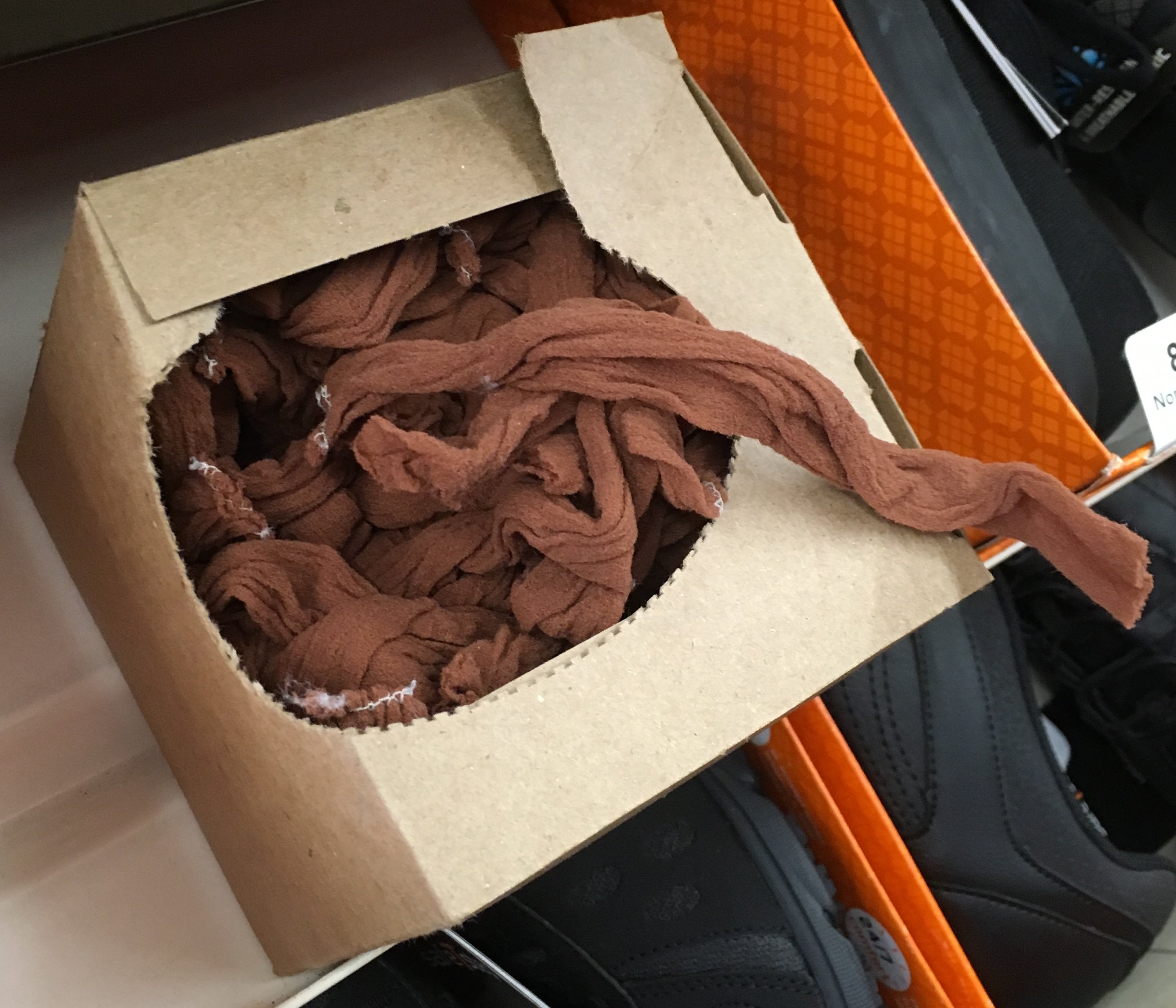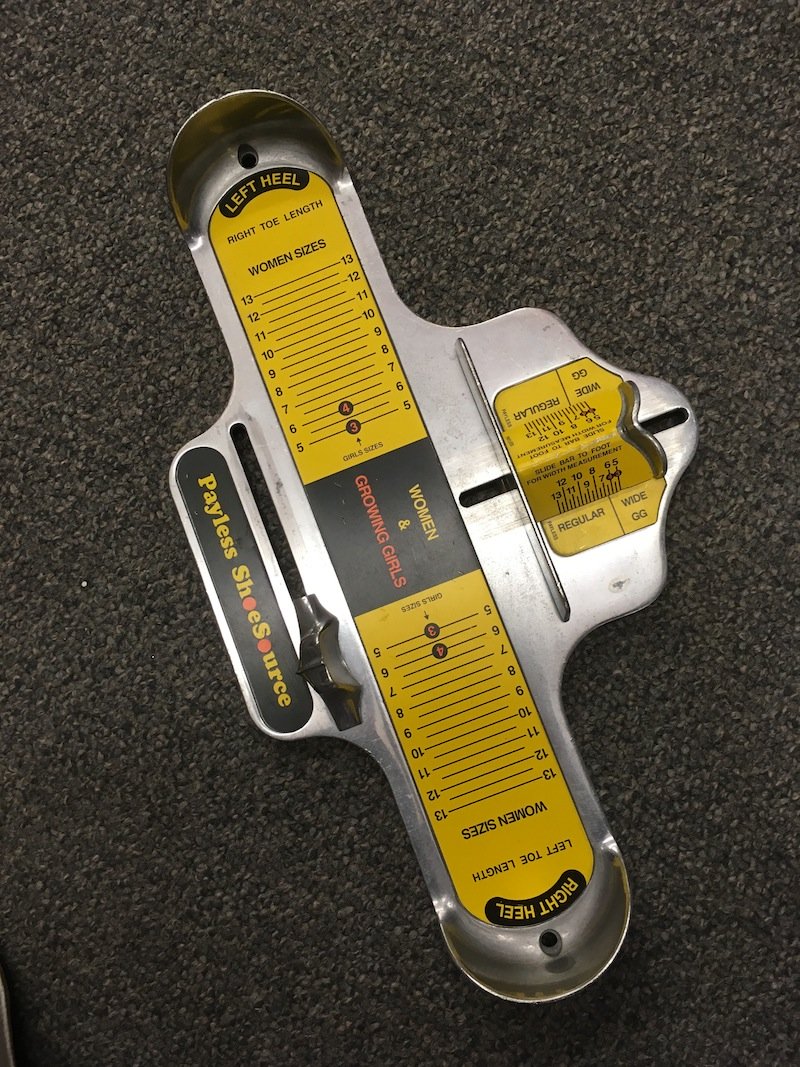

(Shoe) Size Really Does Matter
One thing that really bothers me about buying shoes is that shoe size for women does not seem to be consistent. I generally wear a size 9 ½. But while I fit in a 9 ½ in one brand, I may not fit in that size in another brand.
My husband, on the other hand, fits in a size 11 no matter what shoe he chooses. I can buy him a pair at the store or online, and I know it will fit him. But I would never ask him or anyone else to buy me a pair of shoes if I haven’t been able to try them on first. Unless there is a liberal return policy, of course!
Apparently, I am not the only one who has this problem. After doing a little research on the subject and finding many complaints about the inconsistency of shoe sizes, I ran across something called shoe lasts.
A shoe last is a solid piece of plastic or wood shaped like a foot that shoemakers use to mold shoes around. All shoe lasts have specific heel and forefoot widths, instep height, and toe box depth. But it seems that lasts made by different companies may not be consistent in size, which can lead to an inconsistency in size from one brand to another.
So unless you have several thousand dollars lying around to get a custom shoe last molded specifically for your foot, you may have to put up with the possibility that shoe sizes are inconsistent.
Getting the Right Fit
Since shoe sizes can obviously vary from one brand to another, it always pays to try it on before you buy it. It’s also important to measure your feet every time you want to buy a new shoe, because many factors (such as gaining weight) can lead to a change in your shoe size during your lifetime.
You should try on shoes later in the day since your feet tend to swell throughout the day. They also expand when you exercise, so you don’t want to try shoes on first thing in the morning without going through a typical day first.
And don’t forget to consider which socks you will be wearing with the shoes. Trying on the shoes with a thin sock (or those “complimentary” nylon things they give you in the store if you don’t have any socks on) will not give you a true fit if you are going to wear them regularly with thicker socks.


The right shoe size should give you about a thumb’s width of space between your longest toe and the end of your shoe, and your heels should not slip out of the back as you walk. If the shoes are already laced up when you try them on, consider re-lacing them to be sure they are most comfortable for you and not for whoever tried them on last.
Now how can you accomplish all this measuring and trying on if you plan to buy your shoes online?
I suggest that you physically try on a variety of shoe brands and shoe sizes in your local store, and then if you don’t see the exact color or style you want, you can look online. But you will then have a better idea of the right fit for each brand you are considering, and you can buy online with more confidence.
Fun Fact for Your Feet

Did you know that the instrument used to measure shoe size in many retail stores is called the Brannock Device? It was invented in 1925 by Charles F. Brannock, the owner of the Park-Brannock Shoe Store in Syracuse, New York.
The device measures the foot’s length and width, as well as the length from the heel to the ball of the foot. Different models of the device are available for men, women, and children, and for fitting athletic shoes and ski boots.
Related: Wide and Narrow Shoes, Wide Athletic Shoes
